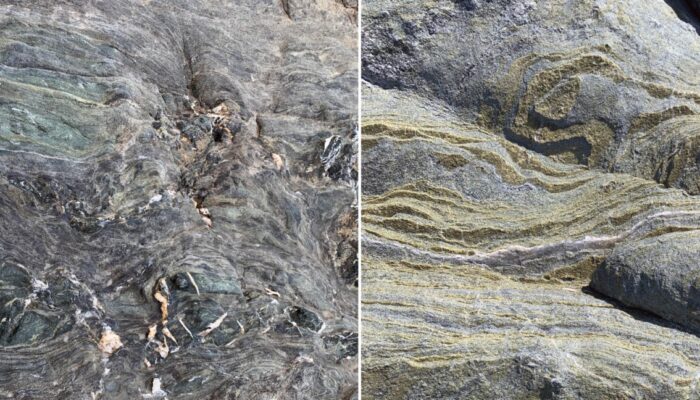Queer Quarterly is the blog series of the EGU pride group, a LGBTQIA+ team of geoscientists engaged to uphold and improve the rights of the community in the EGU organization. This week’s post is dedicated to allyship: how people outside of the community can support our efforts. The term LGBTQIA+ is the abbreviation for Lesbian, Gay, Bisexual, Transgender, Queer, Intersex, and Asexual. The addition ...[Read More]
How Hot our Moon Can Get: Mapping Radioactive Elements and Thermal State of the Lunar Interior
Geochemists and geophysicists, even with their favorite tools, have often scratched their heads while probing Earth’s deep interior—one can only imagine the challenges while applying those techniques to the Moon! This week in News & Views, Arkadeep Roy, a PhD candidate from the University of Arizona demonstrates how the intersection of experimental petrology, geochemistry, and geophysic ...[Read More]
The Sassy Scientist – the one with covid blues
Did I get sick again? Covid, is that you? Long time no see. It’d be better if you left me alone, but I guess we don’t have much choice here, do we? While I’m knocked out by the sedatives to stop my lungs from squeezing themselves out, I ended up thinking about one of the questions I got recently. So, today, we’re answering Ron’s question: Am I getting more stupid or is the PhD getting smarter? Dea ...[Read More]
A New Look at the Rheology of Deep Subduction Zones
Subduction zones are dynamic regions where intense geological processes like earthquakes, volcanic eruptions, and the recycling of oceanic crust are constantly at play. A key factor that influences the behavior of these zones is *interface rheology*—the strength and viscosity of the boundary (the interface) between the subducting and overriding plates. Understanding this interface is crucial for i ...[Read More]




